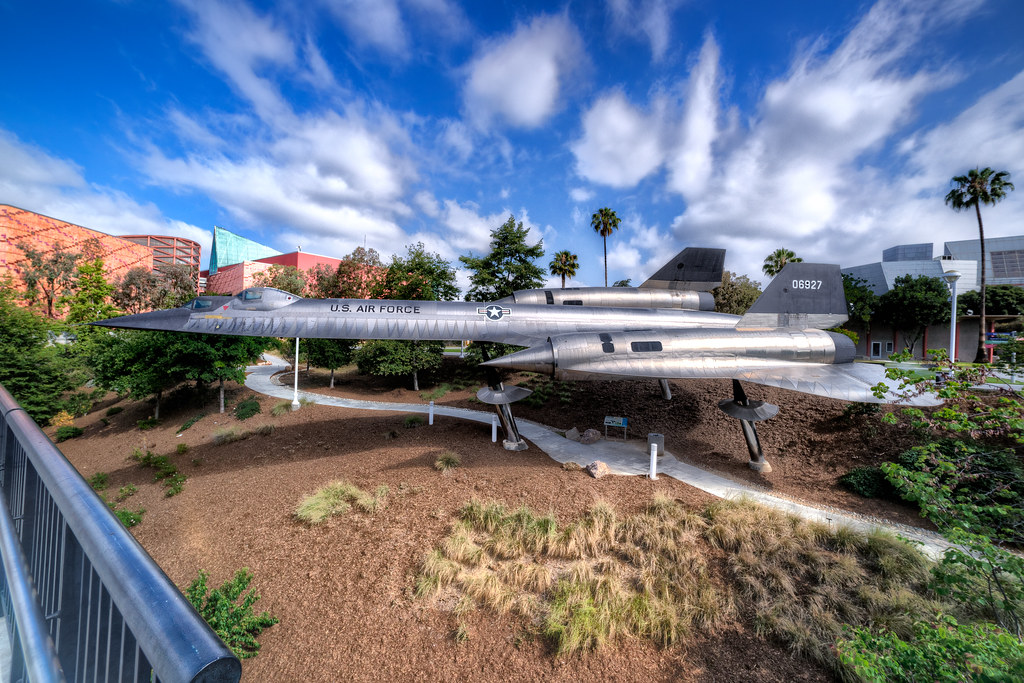Wild Horses - The Mustang
 Friday, April 11, 2025 at 3:55PM | in
Friday, April 11, 2025 at 3:55PM | in  Aviation,
Aviation,  California,
California,  Chino,
Chino,  Museum,
Museum,  Planes of Fame
Planes of Fame This particular P-51 Mustang has been in the Chino California Planes of Fame Museum's collection for several decades. I remember seeing it in the mid 1990's. They seem to take very good care of it as it still flys quite regularly. My close up view of the aircraft reveals her glossy and smooth appearance.
One of the truly wonderful things about being newly retired is that I now have the long dreamed of freedom to visit these museums during the work week and avoid them during the weekends. This means I am typically visiting during slow times and I don't run the risk of getting in the way of other visitors and vice versa. I just setup my tripod and quietly take my shots. As usual I draw the attention of the museum docents who are curious about what I do with the photos I take. Not many visitors seem to show up with tripods and professional cameras. When I show them examples of the aviation photos on my blog they show a little sign of recognition but don't say much other than "Looks like you "Photoshopped" that photo". The truth is while I once used Photoshop extensively, I rarely open the application these days. I ingest and catalog the photos using Adobe Lightroom and use Luminar Neo to merge my exposures into one HDR image that I then occasionally lightly post process them back in Lightroom.



 Post a Comment | tagged
Post a Comment | tagged  Aviation,
Aviation,  California,
California,  Chino,
Chino,  Museum,
Museum,  Planes of Fame |
Planes of Fame |  Permalink
Permalink  Email Article
Email Article 


















